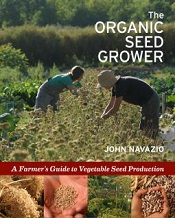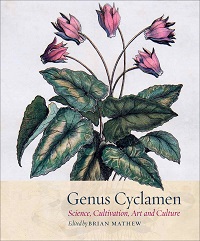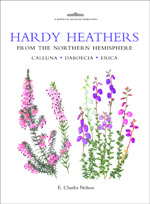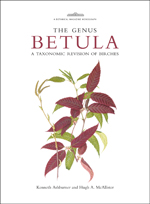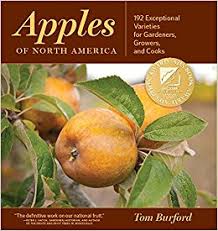
Tom Burford has a goal to restore the apple to near the diversity and prominence it enjoyed in America during the early 20th century, when one nursery catalog alone listed 17,000 cultivars. He is optimistic that this return to greatness is happening. To further this effort, he has selected 200 varieties that he regards as “apples of the real world” (not the supermarket), to feature in his book “Apples of North America.”
The A-Z encyclopedia of these varieties is the heart of the book. All are of American origin. For example, ‘Hawaii’ was introduced in Sebastopol, California and has a “distinctive pineapple flavor and is exceptionally sweet when grown in western regions.”
‘Criterion’ was introduced in 1973 from Parker, Washington (south of Yakima) and while it does well in our region, in more humid apple growing areas, such as the author’s home in Virginia, it does not color well and is more susceptible to diseases. It is noted as being one of the best apples for salads as it does not oxidize quickly after slicing.
Many apples do not store well but are delicious for fresh eating. Others are noted for baking, pie-making, cider-making, or even frying. Some don’t look that great. ‘Kinnaird’s Choice’ is mottled red with purple spots, and would like be rejected by most shoppers. However, it was a mainstay during the Great Depression because it was dependable and its good flavor worked well for all purposes.
The book concludes with a section on “Planning and Designing an Orchard”, a very detailed look at the cultural needs of apples, from planting, propagation (including rootstocks and grafting), pruning, and dealing with diseases and pests. He even tells you how to properly eat an apple, a “mind-expanding experience.” He finds it “…mildly irksome to see someone eating an apple while walking down the street, unaware that a body sense event is happening, and perhaps focusing on something else entirely at the time.”
Excerpted from the Fall 2016 Arboretum Bulletin.
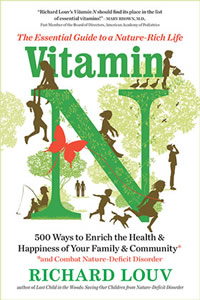 New on our shelves this month you’ll find Richard Louv’s new book,
New on our shelves this month you’ll find Richard Louv’s new book, 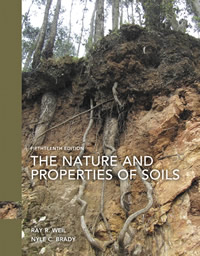 “If you are a student…you have chosen a truly auspicious time to take up the study of soil science.” This encouragement is found in the preface of the new fifteenth edition and is explained by emphasizing the growing need across many fields for scientists and managers with this expertise.
“If you are a student…you have chosen a truly auspicious time to take up the study of soil science.” This encouragement is found in the preface of the new fifteenth edition and is explained by emphasizing the growing need across many fields for scientists and managers with this expertise.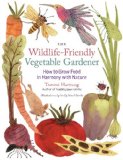
 This spring I had the opportunity to visit the Cleveland Botanical Garden. Throughout this small garden are a number of treehouses, delighting the school children with whom I was sharing my visit. After climbing the steps up to one and looking out from this new perspective, I understood their enthusiasm.
This spring I had the opportunity to visit the Cleveland Botanical Garden. Throughout this small garden are a number of treehouses, delighting the school children with whom I was sharing my visit. After climbing the steps up to one and looking out from this new perspective, I understood their enthusiasm.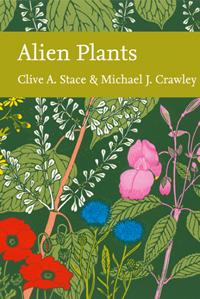 “Alien Plants” is a recent addition to the New Naturalist Library, an ongoing series about natural history in the British Isles. It is also a new addition to the Miller Library. While intended for a general reader, these books provide excellent overviews of the latest scholarly research, especially in the UK.
“Alien Plants” is a recent addition to the New Naturalist Library, an ongoing series about natural history in the British Isles. It is also a new addition to the Miller Library. While intended for a general reader, these books provide excellent overviews of the latest scholarly research, especially in the UK.